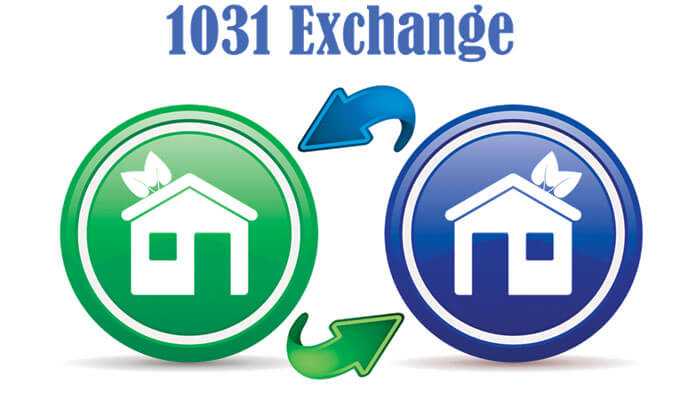Real estate investing has the potential power for investors to create wealth over time. When selling a property, the capital tax gains reduce your profits. To avoid those taxes, opting for the 1031 exchanges allow investors to pay capital tax gains on an investment property
It is a simple tax-related strategy used by real estate investors to increase their portfolios. The process can be difficult, involving strict timelines restrictions, and specific requirements. Knowing how to navigate these exchanges provides financial benefits.
Benefits
A 1031 exchange san antonio policy allows real estate investors to pay capital taxes on the sale value of an investment property. It greatly benefits investors seeking to improve their long-term assets and diversify portfolios without incurring tax liabilities. The main benefit is that it reduces tax liability value, allowing for a greater profit and enhanced investment capital.
By deferring the capital gains taxes, investors utilize their overall sale proceeds to procure a new property and enhance potential cash flows and investment returns. This tax deferral strategy enables investors to make more investments in real estate with the continued growth of their portfolio. To be eligible for the tax deferral, there are rules and time limits that should be met.
Types
Each 1031 exchanges types is used to meet the needs and circumstances of a specific taxpayer.
1. Delayed Exchange:
The most popular is the delayed exchange, where a person has to sell one property and buy another within a specific period. It allows great flexibility in timing and property identification.
2. Simultaneous Exchange:
A simultaneous exchange term takes place when the replacement property and relinquished property are exchanged at the same time. This exchange does not take place frequently as it requires more restrictions when selling one property and buying another one at the same time.
3. Reverse Exchanges:
This enables real estate investors to buy replacement property before the sale of their relinquished property value. This type of reverse exchange term is helpful in a seller’s market, where the replacement property may not be identified at the selling time of the relinquished property.
4. Improvement Exchanges:
These exchanges allow investors to use the exchange proceeds to make improvements on the replacement property. This type of exchange can be beneficial for investors looking to add value to their new acquisition and maximize their returns.
How it Works
After identifying the replacement property, investors have 180 days to buy it. Within this period, the qualified intermediary pays over to the seller of replacement property in accordance with IRS regulations. After that, the investor has 45 days to locate qualified replacement properties. The IRS has approved three different identification methods: the Three-Property Rule, the 200% Rule, and the 95% Rule.
Finally, each approach comes with its own set of rules and restrictions; as a result, investors need to be properly counseled. Each approach contains its own set of rules and restrictions. Once the purchase is completed, the investor will file and report this exchange to defer taxes on capital gains.
Today, the 1031 exchange San Antonio has become an essential part of real estate investment in deferring taxes and building a strong portfolio. These exchanges are being updated by the evolving regulations, and tax reforms help continue to refine these processes over time.



